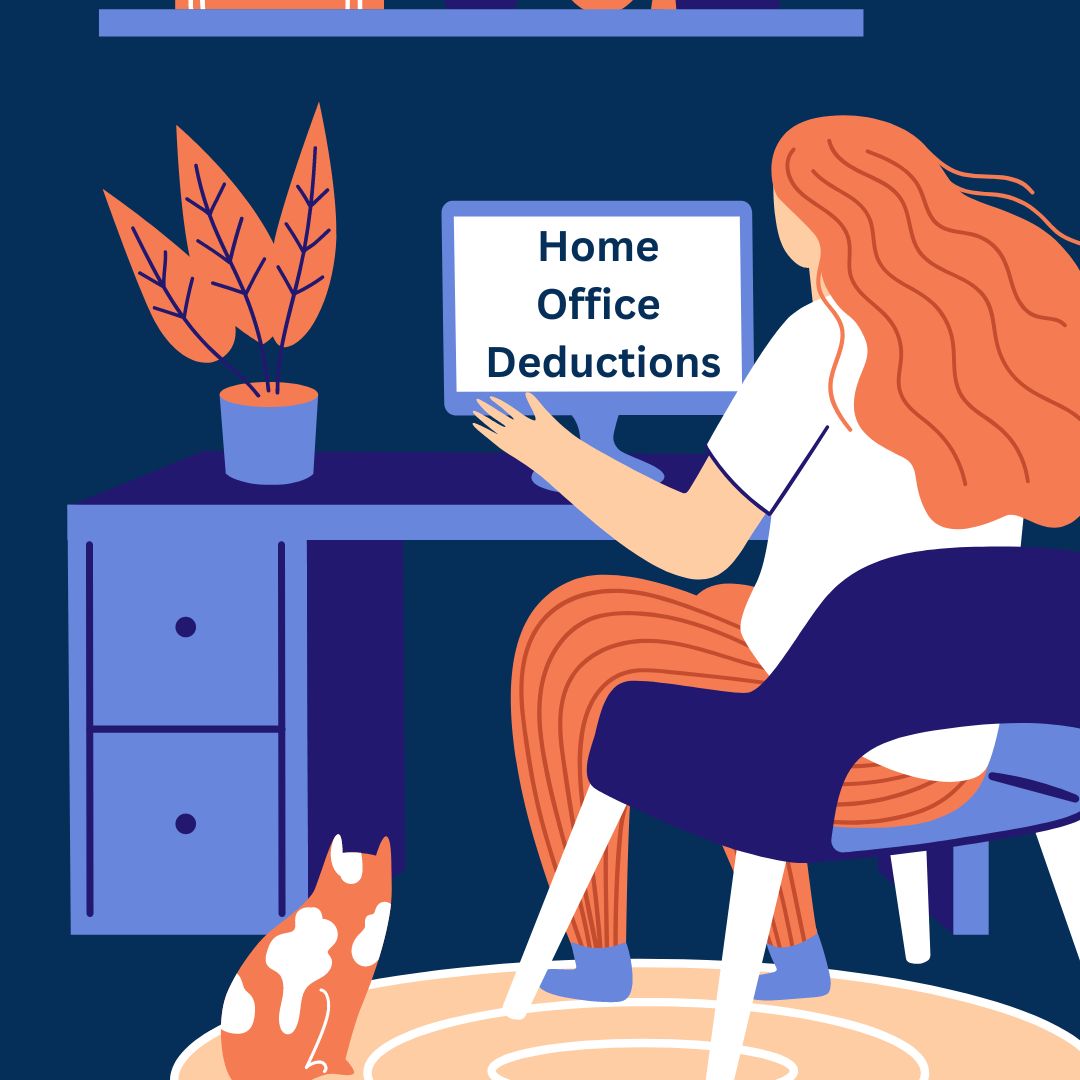
As a self-employed individual, you might be wondering how to make the most of the home office deduction when filing your taxes. This guide aims to provide a clear and concise overview of the methods, benefits, eligibility criteria, and potential pitfalls of claiming this deduction.
Methods
The home office deduction allows you to deduct expenses related to the business use of your home on your taxes. There are two methods for calculating this deduction:
1. Simplified Method: This method allows you to multiply the allowable square footage of your home office space (up to 300 square feet) by a prescribed rate (set by the IRS). As of my last update, this rate was $5 per square foot. So, for example, if your home office space is 200 square feet, you would multiply 200 by $5 to get a deduction of $1,000.
2. Regular Method: With this method, you calculate the actual expenses of your home office. This includes direct expenses (such as painting or repairs solely in the home office) and indirect expenses (such as utilities, mortgage interest, insurance, property taxes, etc.), which are allocated based on the percentage of your home used for business. You’ll need to determine the percentage of your home used for business purposes (usually based on square footage), and then apply that percentage to your total home expenses.
Both methods have their advantages and disadvantages, so it’s often recommended to calculate your deduction using both methods and choose the one that provides the most benefit. However, once you choose a method for a tax year, you generally must continue using that method for subsequent years unless there’s a significant change in your home office situation.

Tax Savings
By deducting expenses such as mortgage interest or rent, utilities, insurance, and maintenance costs associated with the home office, self-employed individuals can significantly reduce their taxable income. This deduction can result in substantial tax savings, effectively lowering the overall tax burden for the business owner.
Flexibility and Convenience
Utilizing a home office provides self-employed individuals with the flexibility to set their own schedules and work environment, leading to increased productivity and work-life balance. Additionally, the home office deduction remains applicable regardless of whether the individual owns or rents their home, offering flexibility for entrepreneurs at various stages of their business.
Eligibility Criteria
To qualify for the home office deduction, you must meet the following criteria:
- Regular and Exclusive Use: The home office space must be used exclusively and regularly for business purposes.
- Principal Place of Business: The home office must be your principal place of business, or a place where you meet with clients or customers in the normal course of your business.
- Exceptions: There are exceptions for day care facilities and storage of inventory or product samples.
Audit Considerations
While the home office deduction can be a valuable tool for self-employed individuals, it’s worth noting that claiming this deduction may increase the likelihood of an IRS audit. To minimize this risk, be sure to maintain proper documentation and understand the audit process.

Professional Assistance
Given the complexity of tax laws and the potential for audits, it’s wise to consult with a tax professional to ensure you are accurately calculating the home office deduction and taking advantage of all available tax benefits.
In conclusion, the home office deduction can provide significant tax savings and flexibility for self-employed individuals. However, it’s essential to understand the eligibility criteria and potential risks to make the most of this deduction while minimizing the likelihood of an audit.
Disclaimer: The information provided above is not meant to be legal or tax advise. You should consult your CPA and attorney to determine the best course of action for your situation.
Mitzi E. Sullivan, CPA is a cloud based professional services provider
specializing in cloud accounting.